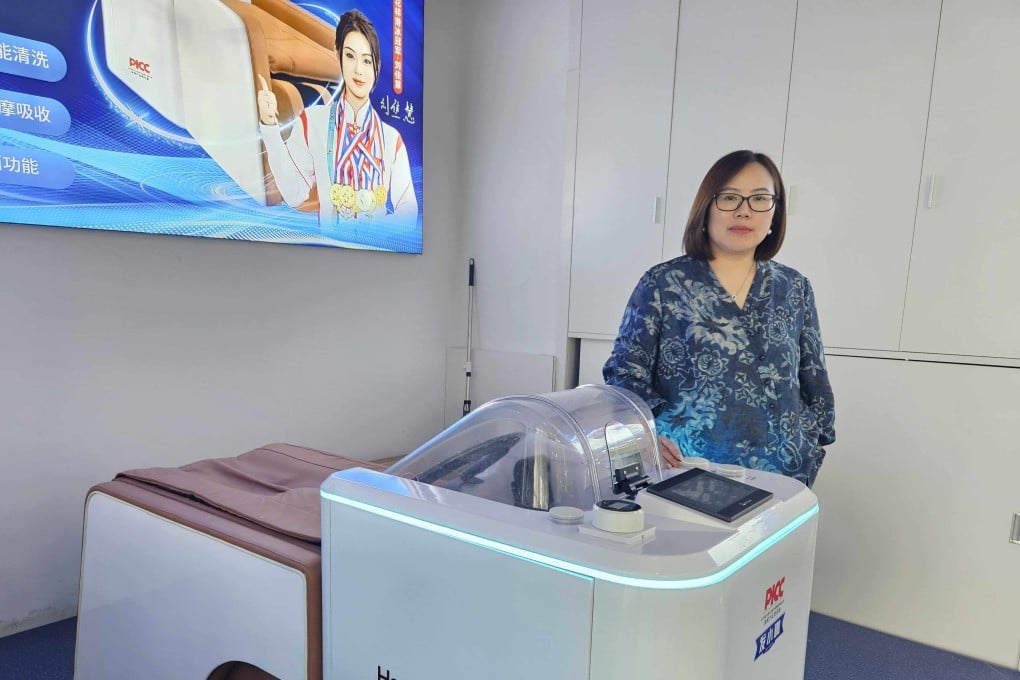Starbucks, smarting from disappointing second-quarter earnings, says that trying to replace staff with machines was a mistake. "Over the last couple of years, we've actually been removing labor from the stores, I think with the hope that equipment could offset the removal of the labor," said CEO Brian Niccol on the company's Q2 2025 earnings call. "And I think what we're finding is that was just – that wasn't an accurate assumption with what played out.
" Niccol's remarks followed Q2 results that fell short of market expectations. The biz delivered revenue of $8.76 billion, up 2 percent, for non-GAAP earnings per share of $0.

41, a 40 percent decline from a year ago. Both fell short of what Wall Street analysts were expecting, sending the stock down about 6 percent on Wednesday. Starbucks has been reducing its headcount for the past two years even as it's been opening more stores.
Total headcount has dropped from 402,000 as of October 2022 to 361,000 last September, and the number of in-store workers declined from 248,000 to 201,000 over the same period. But as of the end of March, the company boasts 40,789 stores around the world, up 5 percent from last year. The plan for opening more stores while reducing staff relied on automation.
At an investors' day in Sept. 2022, when the corp was still led by CEO Howard Schultz, COO John Culver highlighted three areas of focus for the business, including "leveraging automation" to simplify workers' tasks and to process orders more efficiently. Culver said Starbucks planned to invest $450 million over the coming year to improve store efficiency, with the expectation of continued investments in fiscal years 2024 and 2025 (the company's fiscal year starts in October).
"Now, a key cornerstone of the reinvention are the investments that we're making and continue to make on deploying more efficient equipment," he explained . Culver talked up automated ordering across all of the biz's stores for food and merchandise. "Now going forward, we're working on automated ordering for our beverage category, which we intend to roll out across all US stores in the next few years," he said.
Culver exited the business at the end of 2022 . The beverage biz's Q2 2025 results suggest that overreliance on automation doesn't help sell coffee. North America store sales declined one percent, due to a four percent decline in transactions.
This was offset somewhat by a three percent increase in the average bill. Automation has obvious value in business. In tasks involving other machines, like Red Teaming to test IT security, it may be essential because people just can't keep up, as researchers from security firm Dreadnode argued in a recent report : Our findings reveal automated approaches significantly outperform manual techniques (69.
5 percent vs 47.6 percent success rate), despite only 5.2 percent of users employing automation.
We demonstrate that automated approaches excel in systematic exploration and pattern matching challenges, while manual approaches retain speed advantages in certain creative reasoning scenarios, often solving problems 5x faster when successful. For tasks that involve contact with customers, people are so far proving to be preferable. McDonald's found that out when it tested and then abandoned an AI ordering system last year.
Niccol, who came from Chipotle to become Starbucks' CEO last September with a reported paycheck of $96 million for his first four months on the job, said in recent months the company has been taking steps to remedy the situation. "We're finding through our work that investments in labor, rather than equipment, are more effective at improving throughput and driving transaction growth," he said, adding that the biz has paused equipment rollouts and abandoned planned deployment of cold press, cold brew machines. We believe this evolved labor-focused approach has more potential to improve throughput "We believe this evolved labor-focused approach has more potential to improve throughput and connection while minimizing future capital expenditures on equipment," he said.
Niccol also outlined steps being taken to improve the community coffeehouse experience, such as adding handwritten notes on cups, which has led more customers to sit and stay at Starbucks cafes. In 2021, a Buffalo, New York Starbucks became the first US store to unionize and today Starbucks Workers United claims to have more than 11,000 members across more than 570 stores. One of the things the union has been asking for is higher levels of staffing.
Jasmine Leli, a Starbucks barista and union bargaining delegate from Buffalo, NY, told The Register , "Baristas are the heart of Starbucks, and we know what we need to do our jobs well: wages that keep up with costs, better staffing, guaranteed hours, and the support only a union contract can provide. Brian Niccol says he wants to turn the company around, and if that’s true, his first priority should be finalizing fair contracts with the 11,000 union baristas and growing who are committed to building a better Starbucks." ®.
Technology

Brewhaha: Turns out machines can't replace people, Starbucks finds

Caffeine addicts evidently not thrilled to see cafes become walk-in vending machines Starbucks, smarting from disappointing second-quarter earnings, says that trying to replace staff with machines was a mistake....















